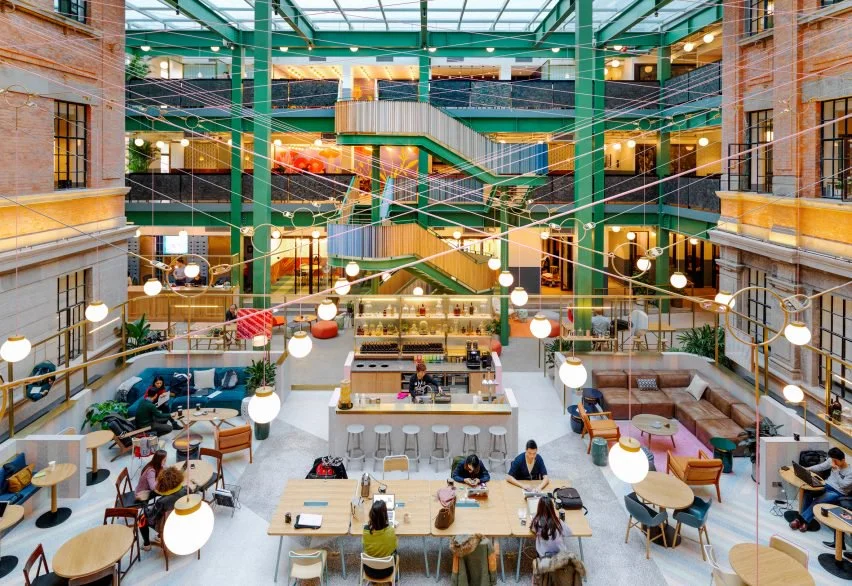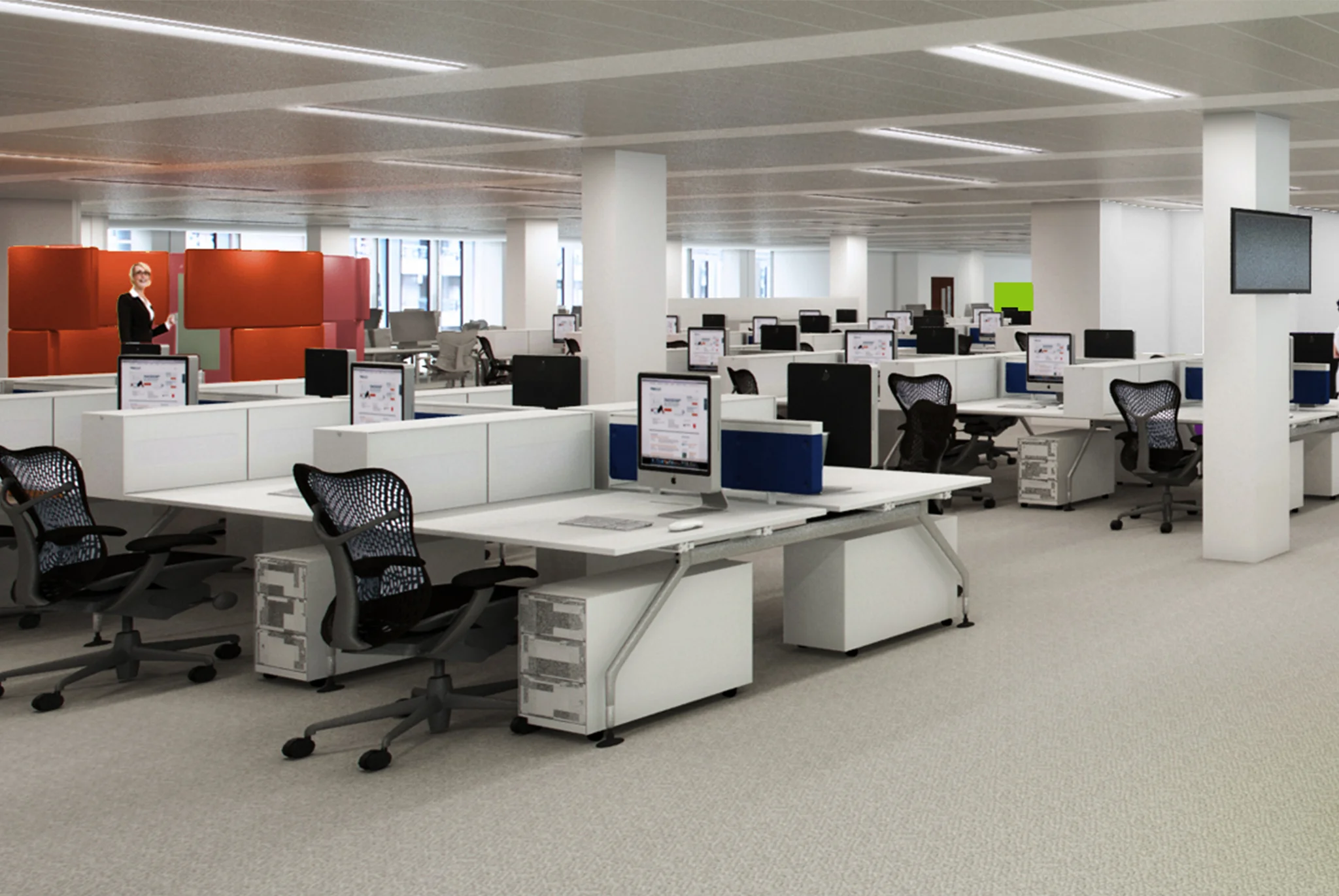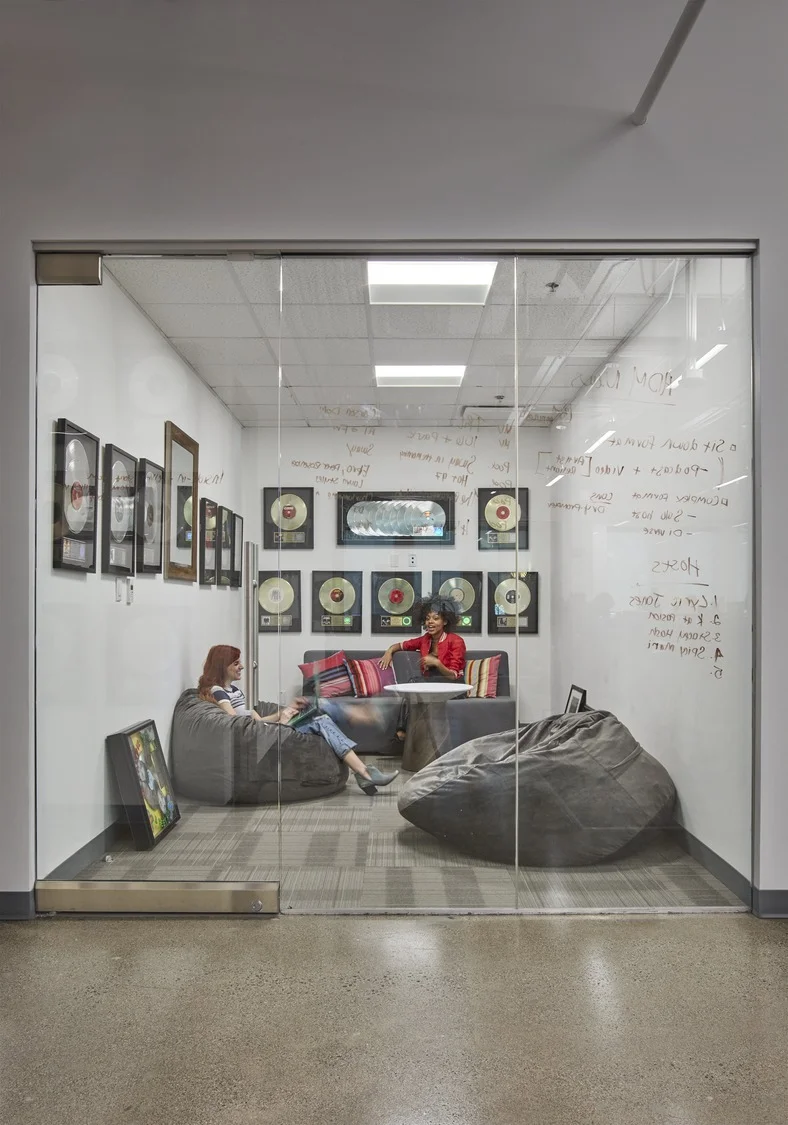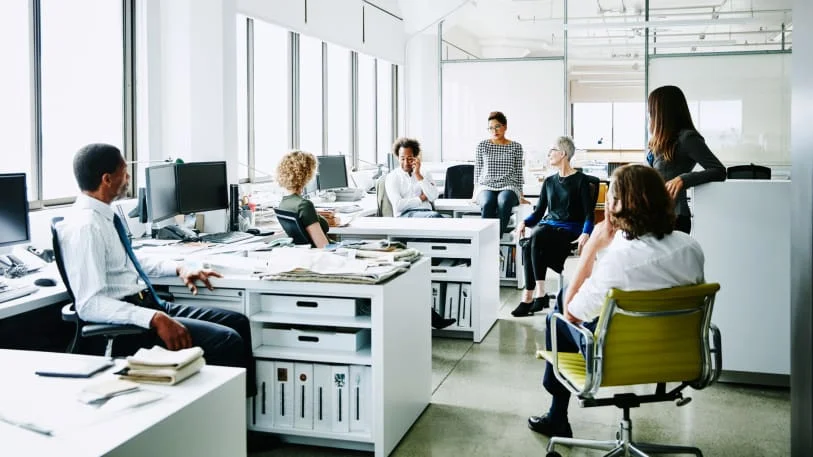Collisions can be a good thing — under the right circumstances. Nobody wants to be in a fender bender. But when unlikely collaborators and ideas collide, that’s a different story.
“Accidental collisions” play a key role in innovation and workplace satisfaction. These chance meetings encourage employees to connect in ways they wouldn’t otherwise and can lead to surprisingly impactful results. In fact, unexpected conversations create opportunities for collaboration between unlikely partners and generally foster a happier, more productive workforce.

























